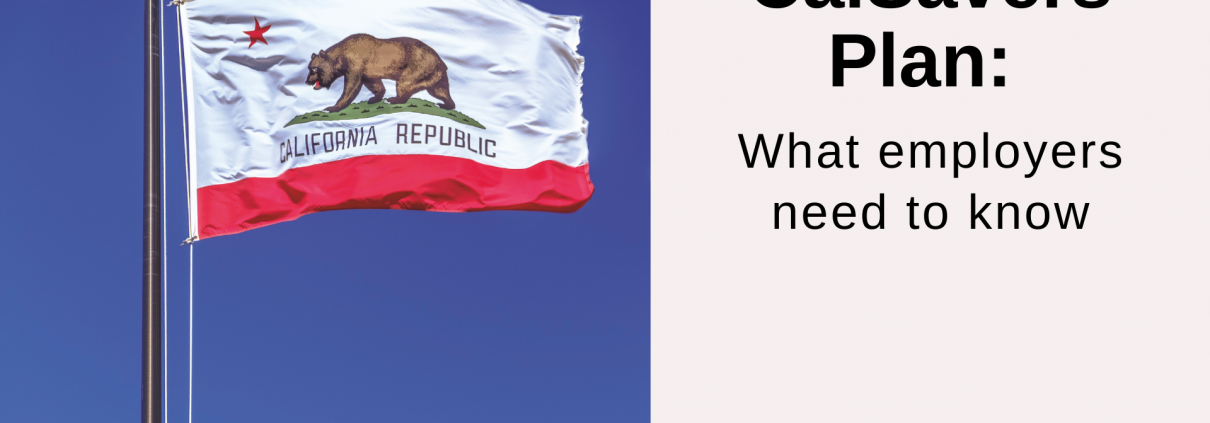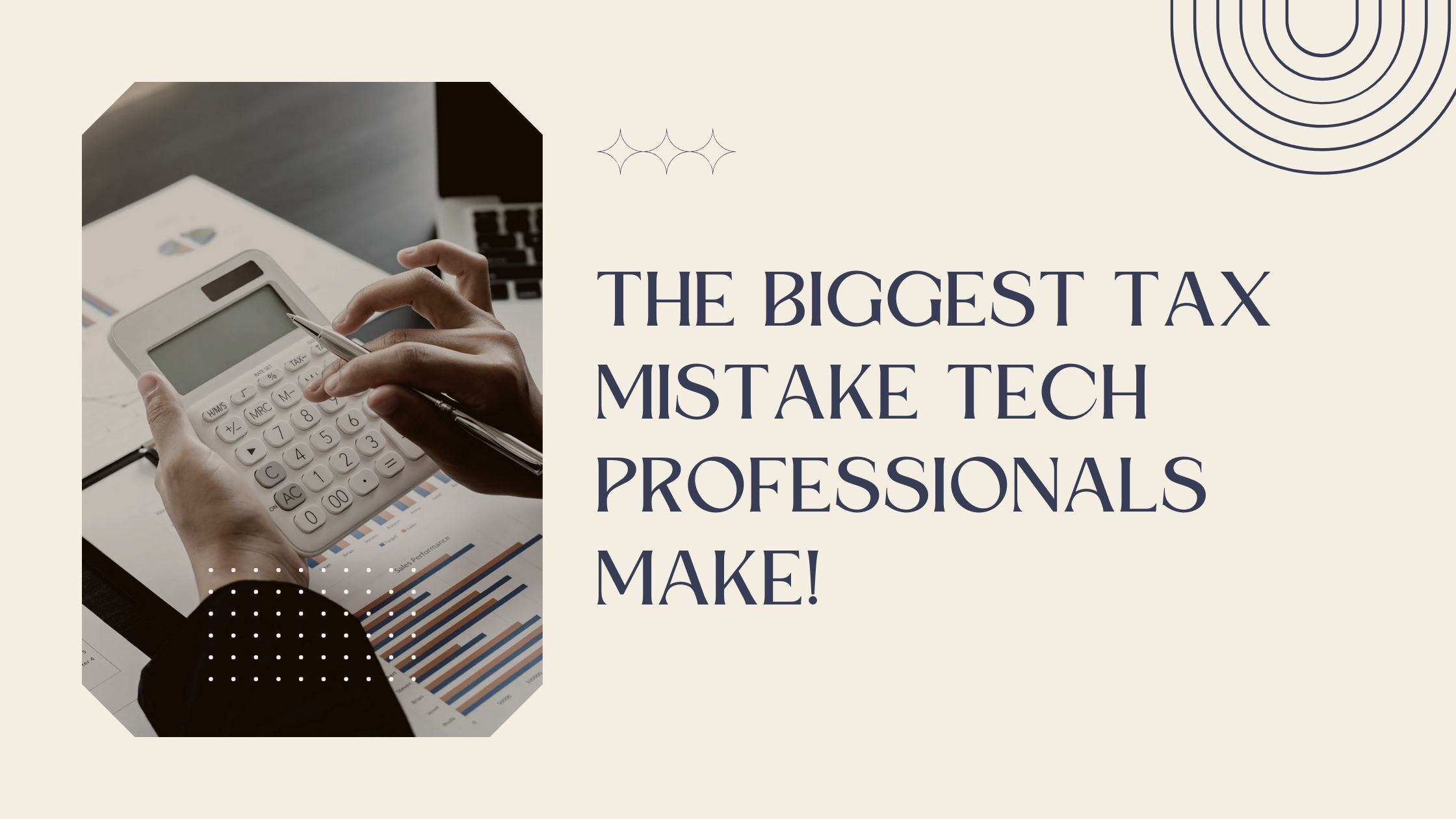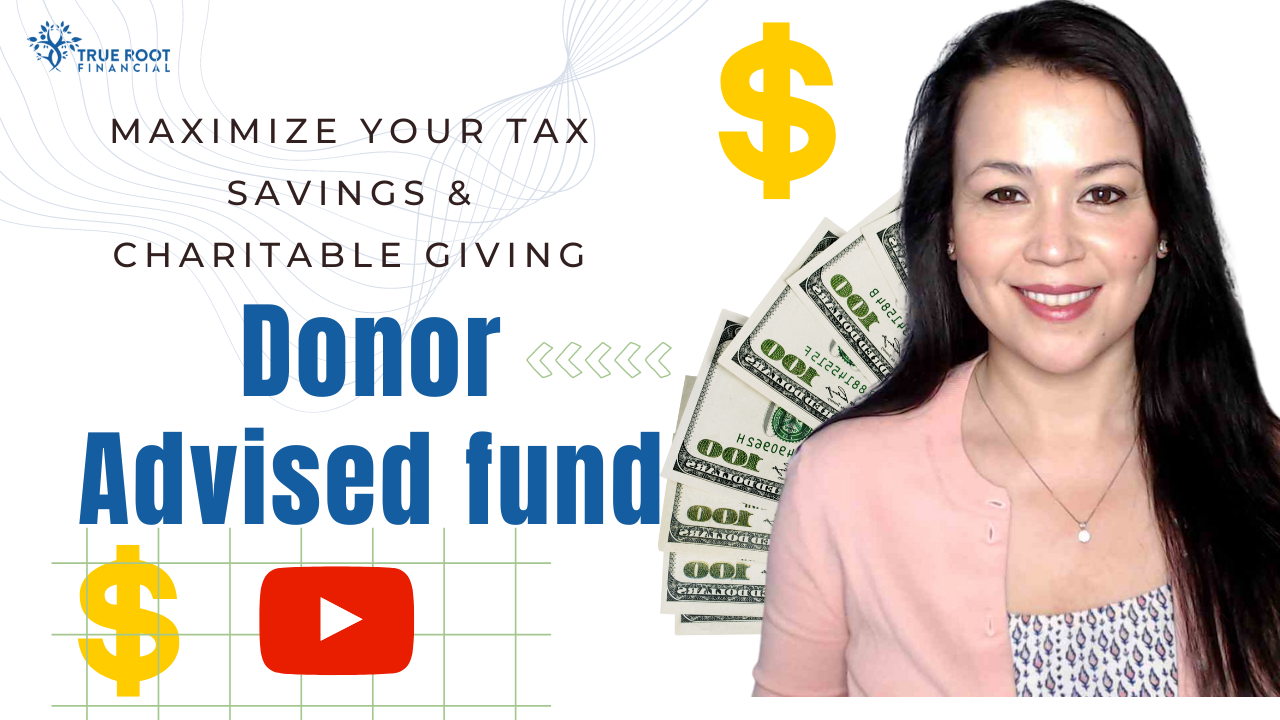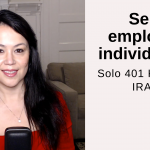CalSavers: What employers need to know
Roshani Pandey is a financial advisor and founder of True Root Financial. True Root Financial is located in San Francisco, CA and serves clients across the globe.
Starting June 30, 2022 California businesses will be required to enroll in the CalSavers plan, unless they already offer a qualified retirement plan. In this article, we will explain the CalSavers program and help employers and business owners come to a decision on how to move forward.
Summary
- California businesses with 5+ employees will be required to sign up for a retirement plan or pay fines
- The fine is $250 per employee within 90 days after the deadline. After 180 days, the fine goes up to $500 per person
- CalSavers is cumbersome to maintain and has very limited benefits both for the employer and the employees
- This might be a good time to evaluate a 401 K plan as it can be much more advantageous
- An employer can earn up to $15,000 in tax credit for starting a new 401 K plan, plus another $1,500 in tax credit for auto-enrollment
- The employer/ business owner can also save a substantial amount of money in tax by adding a profit-sharing and a cash balance pension plan
- Talk to an advisor to help you evaluate a CalSavers plan and a 401 K plan
1. What is CalSavers?
CalSavers is a California state-run retirement plan. All companies with 5+ employees (full-time or part-time) will be required to register for CalSavers by June 30, 2022, unless the business already offers a retirement plan such as a 401K plan.
2. What type of plan is the CalSavers?
The CalSavers plan is a Roth IRA plan with a contribution limit of $6,000 per year ($7,000 per year if over the age of 50).
3. Does the employer contribute to the plan?
No, the employer does not need to contribute to the plan but the employer is responsible for enrolling the employee and many other tasks that go with the smooth functioning of the plan (see question 5 below).
4. Does the employee have to contribute to the plan?
No, employees can opt out of the CalSavers retirement plan. In order to do so, they have to log into their account and make the opt-out election.
5. What are the employer’s responsibilities?
Employers are responsible for enrolling all employees and tracking their data, including contribution amounts. Employers are also responsible for increasing those contribution amounts on anniversary dates. This is known as auto-escalation. Besides that, employers must also provide investment education to the participants. Here are the responsibilities in detail:
- Register participants into the CalSAvers website
- Send employee data to program admin
- Auto enroll employees
- Adjust contributions each year for auto increase (starts at 5%, increase each year up to 8%)
- Required to take a neutral role, direct all questions to CalSavers 1-800 number
- Host an open enrollment meeting every year between Oct 1 and Nov 30
- Must integrate payroll with CalSavers before every payroll cycle
6. What happens if you don’t enroll?
If you don’t enroll in CalSavers or a new retirement plan, you will be required to pay a fine of $250 per employee within 90 days after the registration deadline. After 180 days, the fine goes up to $500 per person.
7. Are there any fees if I enroll?
There are no fees for the employer if you enroll but you must bear all the responsibilities in point 5. Employees will pay some investment expenses, which vary based on the investment funds.
What should employers do?
If you have been thinking about a retirement plan but have not yet taken action, this is a great time to evaluate your options. Start by looking at a 401K plan and compare it to CalSavers. A 401K plan can be much more advantageous both to the employer and the employees. Here are some helpful points of comparison:
Pros & cons of CalSavers:
Pros:
- It is a simple, straightforward way to help your employees save for retirement
- Even though the benefits of CalSavers are very limited and there are some cumbersome tasks for the employer, once you submit all the information and submit employee contributions via payroll deductions, there isn’t anything else for you to do
- No employer fees
Cons:
- CalSavers is a Roth only option – a Roth account is a retirement account where you make contributions after paying tax. The money grows tax-free but it will not reduce your current tax. With a 401K on the other hand, employers can provide both a traditional and a Roth option
- Contribution limits are lower – Only those earning less than a certain amount (Modified AGI of $144K if single and $214K if joint) can contribute to a Roth account. If you make more than this, you have to opt out
- No matching and profit-sharing – CalSavers doesn’t allow matching or profit-sharing; a 401K does. While employers don’t have to match employee contributions in a 401K, many choose to do so. Additionally, profit sharing can be an effective way to minimize tax for employers. CalSavers does not provide for it.
- Limited investment option – CalSavers offers a relatively limited menu of investments. A 401K plan can allow for many different options
Why might a 401K plan be a better option?
- Tax credits—If you start a new 401K plan, you can receive up to $15,000 in tax credits. This might pay for all of your 401K setup costs. Plus, if you add an eligible automatic enrollment feature, you could earn an additional $1,500 in tax credits. Tax credits reduce your tax liability dollar for dollar. So, they are even more valuable than a tax deduction
- Tax deductions—If you pay for plan expenses like administrative fees, you may be able to claim them as a business tax deduction.
- Higher savings – Unlike a CalSavers account that only allows employees to contribute up to $6,000, a 401K account has a higher contribution limit of up to $20,500 ($27,000 if over 50 years of age)
- Tax shelter for business owners – You can supplement the 401K with a profit-sharing plan and shelter a substantial amount of income from taxes. If your business is really profitable, you can save even more by offering a cash balance pension plan
- More flexibility – You can provide both a traditional 401K and Roth 401K option
- More investment choices – While the CalSavers plan is pre-designed by the California government, you can offer more investment choices and better design in your 401K plan
Next steps for you
If you’re a business owner thinking about a CalSavers plan, consult an advisor today to evaluate if it might be more advantageous for you to do a 401K plan instead and supplement it with a profit-sharing and a cash balance pension plan. This may not only be a better outcome for your employees but a substantial tax saving and a better investment for you, the owner. If you would like to talk to us about this, please book a call below.









Leave a Reply
Want to join the discussion?Feel free to contribute!